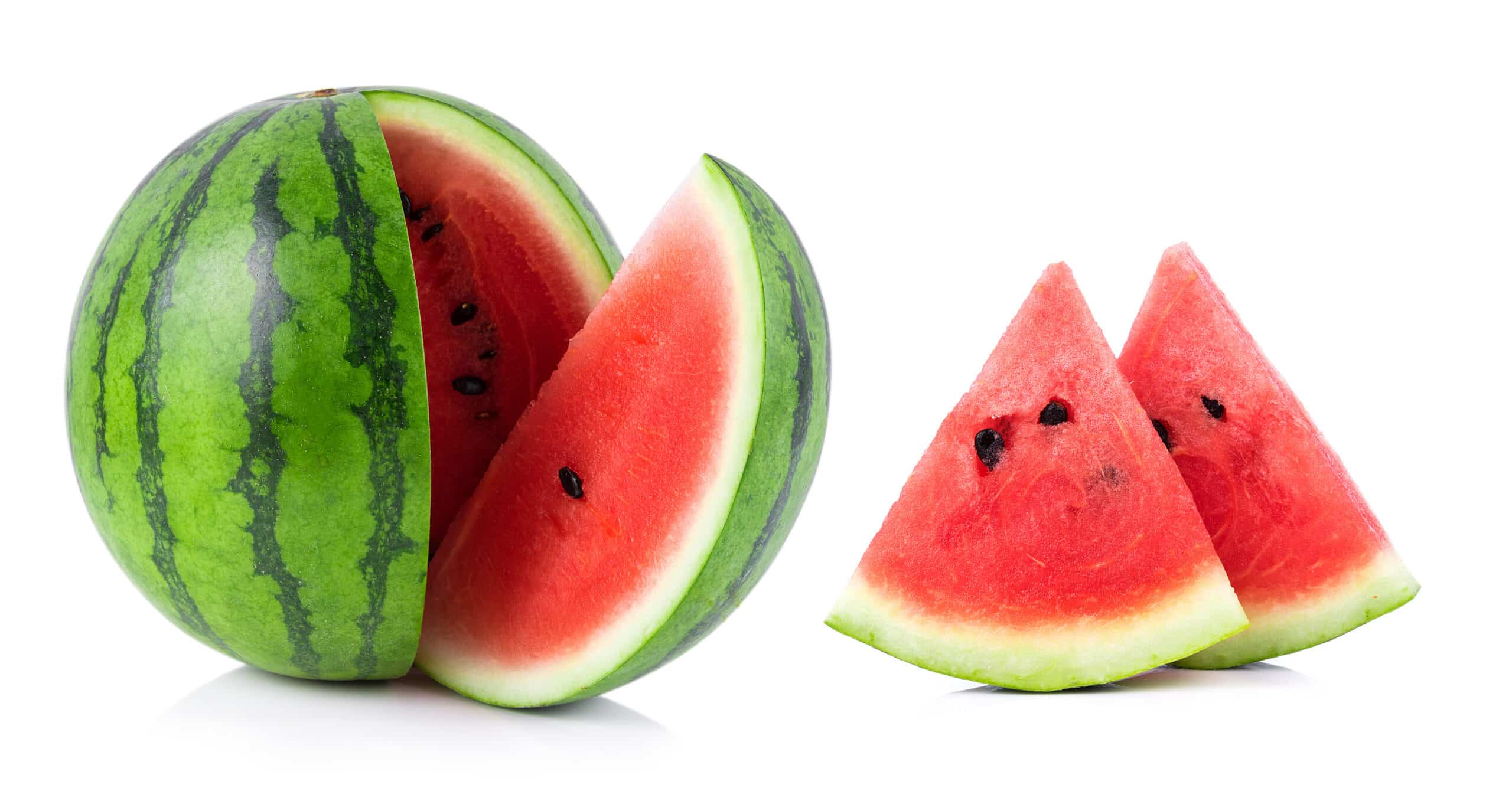Consuming watermelon rinds dates back to ancient Eqytpian times, and with an increasing awareness of environmental sustainability and zero waste movements, eating the rind has recently started to become more mainstream.
“More and more ideas are popping out about usage of carrot tops, beet leaves, papaya seeds, and watermelon rinds,” says Ella Davar, RD, CDN. One thing to keep in mind before eating them, though, is the quality of the produce. Davar recommends looking for organically grown fruits that haven’t been treated with herbicides or pesticides.
According to Brenna Wallace, MS, RDN, LDN, as long as the fruit meets quality standards the white and green pieces of the watermelon are rich in magnesium, potassium and other nutrients that carry a variety of health benefits.
The white part of the rind is a source of fiber which helps with digestion, promotes regularity, and can help to enhance gut health while helping to manage cholesterol and blood sugar levels. Rinds are lower in sugar but richer in fiber than the melon itself, when consumed together they can help to slow down sugar absorption in the gut to help prevent blood sugar spikes.
“Americans only eat around 10 to 15 grams of fiber per day, much lower than the recommended 25 to 39 grams per day,” Wallace says. “However, adding watermelon rind to your diet can boost your daily fiber intake.”
Watermelon rinds also contain naturally occurring L-citrulline amino acid, which has been shown to help reduce blood pressure in hypertensive adults as well as boosting athletic performance. The kidneys convert this amino acids into L-arginine and nitric oxide which helps to dilate the arteries and veins to allow better blood flow to the heart and muscles.
Pickling watermelon rind has become popular, but for those who don’t like the sour taste the rind can be blended into a smoothie, shake, or juice that pairs well with lemons, strawberries, apples, and oranges among many other options. Rinds can also be shredded to use as a salad topping or in a salsa. There are also ways to use them such as on a grilled kabob to make a creative, healthy and versatile summer snack.
The watermelon itself contains about 46 calories per cup and it is an excellent source of vitamin A and vitamin C. It contains 21% of the daily recommended value for vitamin C; 18% of the DRV for vitamin A; 5% of the DRV for potassium, 4% of the DRV for magnesium, and 3% of the DRV for vitamins B1,B5, and B6. It is also a good source of important antioxidants such as carotenoids like beta carotene and lycopene, plus citrulline amino acids.
Watermelon helps you to stay hydrated on those long hot days along while providing beneficial nutrients and plant compounds, some of which may help to prevent cancer, improve heart health, lower inflammation and oxidative stress, prevent macular degeneration, relieve muscle soreness, improve digestion, lower blood pressure, and promote health skin and hair.




